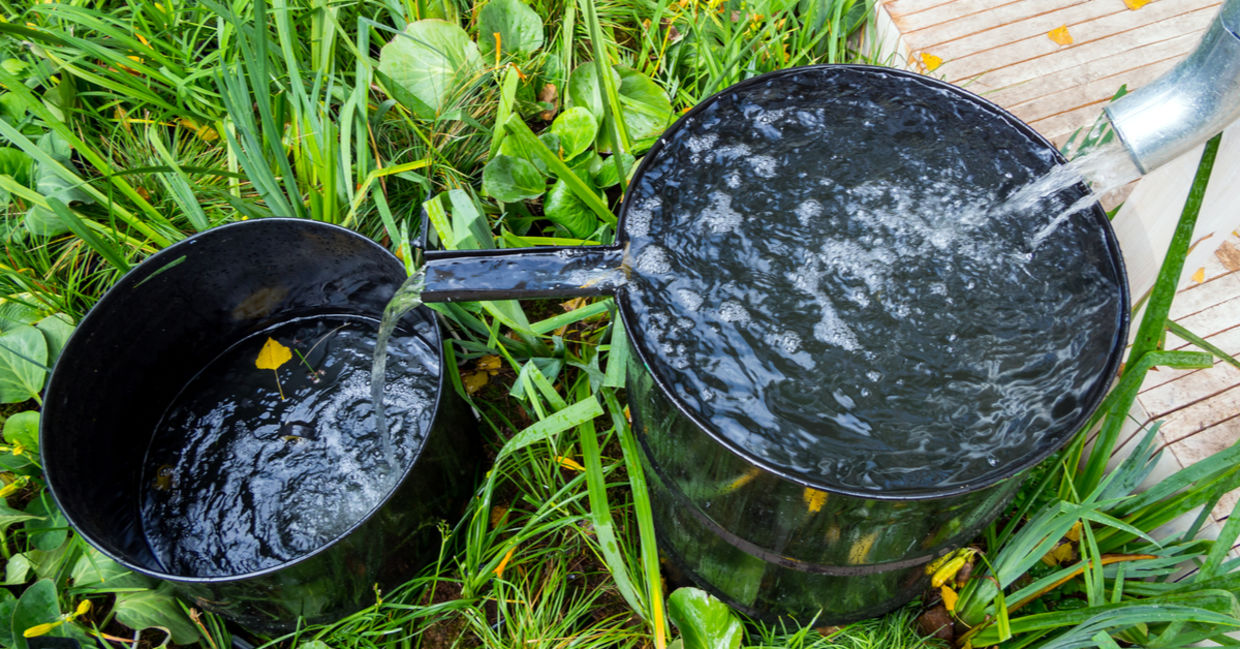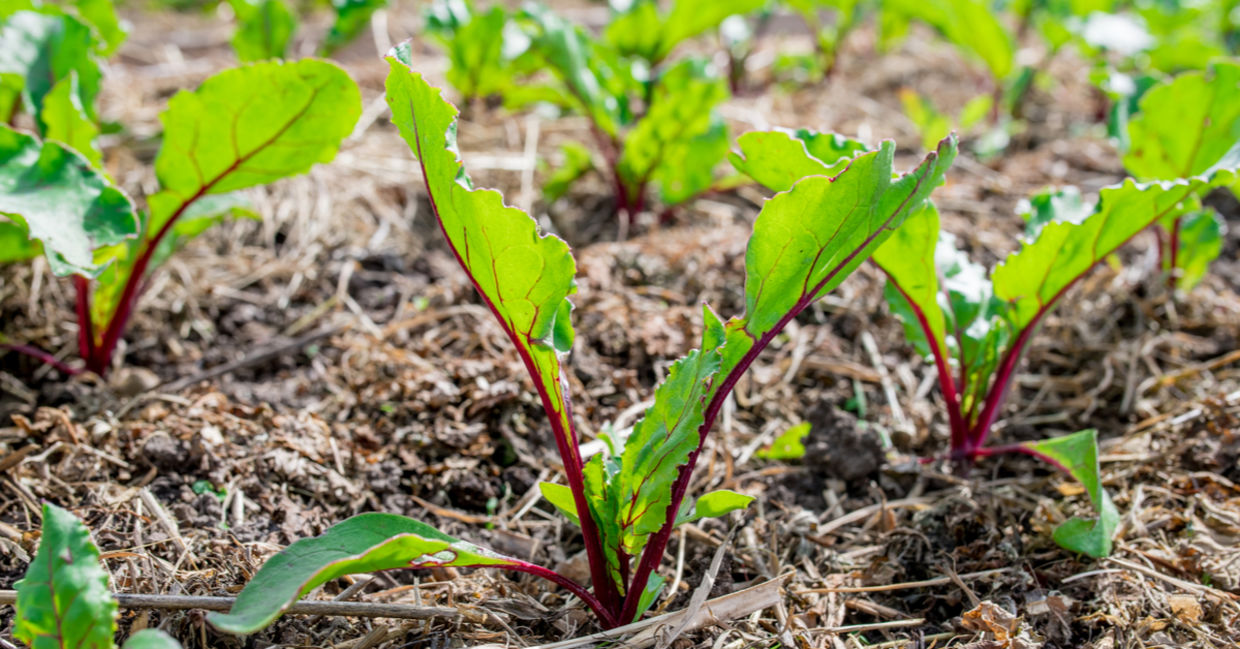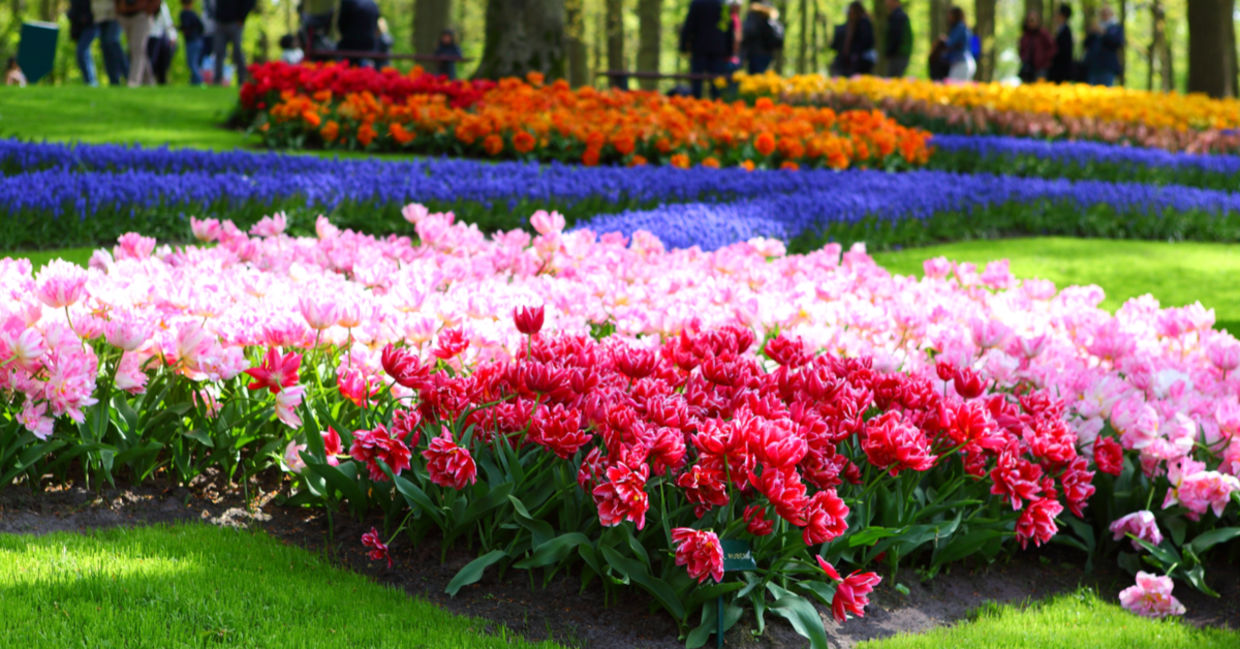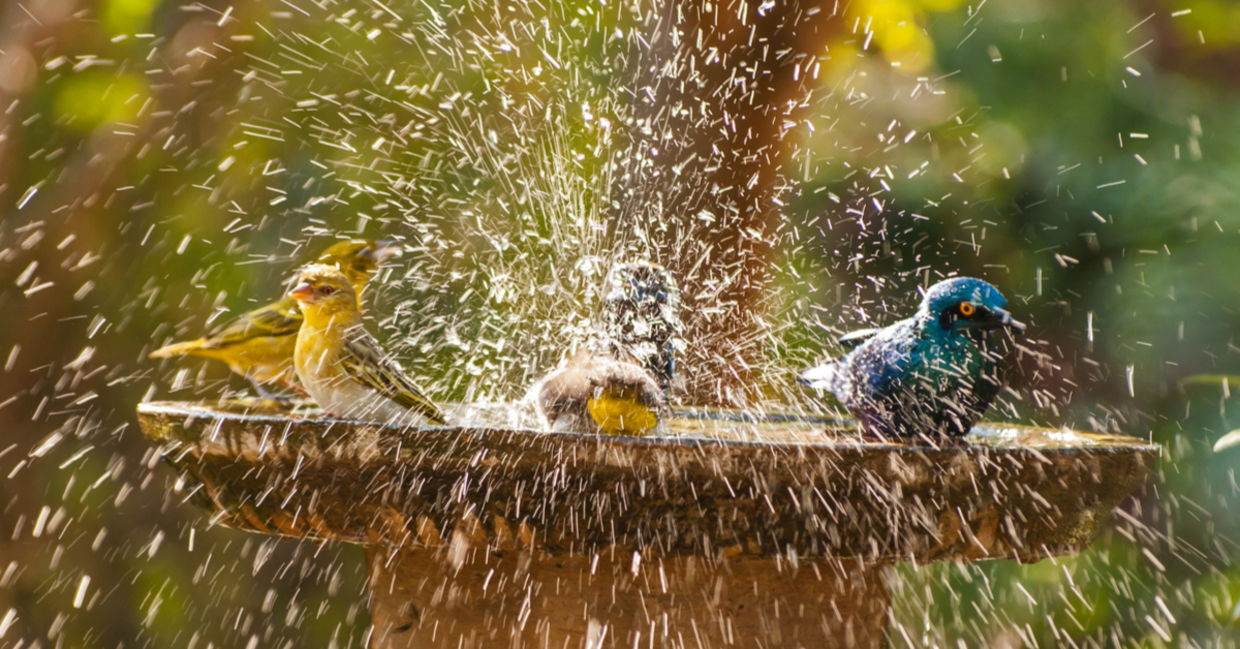
(LeManna / Shutterstock.com)
It is May! After being dormant over winter, your garden’s tender leaves have unfurled and buds are opening. It is time to be outside and appreciate this incredible canvas of color.
Your garden is your palette. An extension of your home, it is a place where you can express yourself naturally.
Growing plants is also an opportunity to reconnect with nature and practice sustainability. Here are five garden tips and trends designed to inspire creativity and enhance your connection with nature.
Plant warm-season flowers
Many northern gardeners mistakenly plant in early May, however temperatures can still plummet. Planting after May 20 is ideal for petunias, begonias, impatiens, and coleus, according to the Landscape Arboretum.
After the danger of frost, and the sun warms the soil, you can also plant peppers, melons, and tomatoes. It is recommended to plant tomatoes in a different spot each year to reduce the risk of them developing fungus disease.

(Victoria Kurylo / Shutterstock.com)
Collect rainwater
The rain that falls is a free natural resource, so why not collect it and reuse it? Rainwater harvesting helps you cut down your water bills by as much as 50 percent, and saves on groundwater usage, according to Conserve Energy Future.
The World Water Reserve suggests choosing a location such as a sloped roof with a drain gutter and downspout. Place your barrel or collection tank underneath to gather water. Barrels come in 35 to 1,000-gallon sizes, and as water is heavy, it is best accessed with a rain barrel pump.
The water that falls from the sky is also soft and free of chemicals so it is better for your garden and home. Rainwater catchment systems can be used for watering your lawn, washing your car, filling the pool, and even indoors to clean vegetables, as well as for bathing.

(VPales / Shutterstock.com)
Start grasscycling
When you mow your lawn, leave the clippings! This will save you time and your grass will appreciate it. Grass clippings add organic matter and nitrogen to your lawn and will prevent grass thatch build up, according to The Talbot Spy. No more bagging and dragging grass to the curbside. You can also spread the grass clippings and dried leaves on garden beds as mulch to prevent the overgrowth of weeds.
In May, you may need to mow your lawn as often as twice a week. Yet, the more often you mow your lawn, the less need there is to remove the clippings, according to Landscape Arboretum.

(Kuznetsov Dmitriy / Shutterstock.com)
Go monochrome
What is your favorite color? Plant it everywhere! Effortless and easy, going monochrome with flowers is a growing trend. Cooler colors are calming and can make a small space look larger, according to Gardening Know How.
A monochromatic garden is stylish and serene. Play with the shades of your favorite color, adding a swathe here and there, like you would painting a canvas. Popular color pairings are lavender, violet, and deep purple; buttery yellow to deep gold; and pale peach to a fiery orange.
Before choosing your color, decide whether warm or cool colors will work best in your landscape. Cool colors – blue, violet, and white – are calming and can make your garden look larger. Warm colors – orange, red, and yellow – create a feeling of excitement and can make the garden appear smaller.

(Flying object / Shutterstock.com)
Invite the birds
Welcome back the birds by putting out feeders and bird baths. By mid-May many migratory birds such as hummingbirds and orioles have returned to the north, according to The New York Times.
If you plant more native species, chances are you will attract more insects and birds. Best to leave dying trees alone as they make ideal homes for woodpeckers, insects, and will attract even more birds. Soon your garden will be a haven for birdwatching, filled with song, splashing water, and bright bursts of color as birds hop from branch to branch!

(Marius Peche / Shutterstock.com)







